Dak Nong province has made strong changes in socio-economic development. Thanks to innovation in agricultural production and taking advantage of local advantages, many households have increased their income, reduced poverty quickly and sustainably while preserving cultural identity, aiming to become a fairly developed province in the Central Highlands.
Dak Nong: Cultural preservation associated with economic development
Dak Nong province has many advantages in agricultural production compared to other localities in the country. In order to take advantage of the available natural conditions, the province has gradually restructured the agricultural sector towards the application of high science and technology, developing key agricultural products such as coffee, pepper, rubber and cashew.
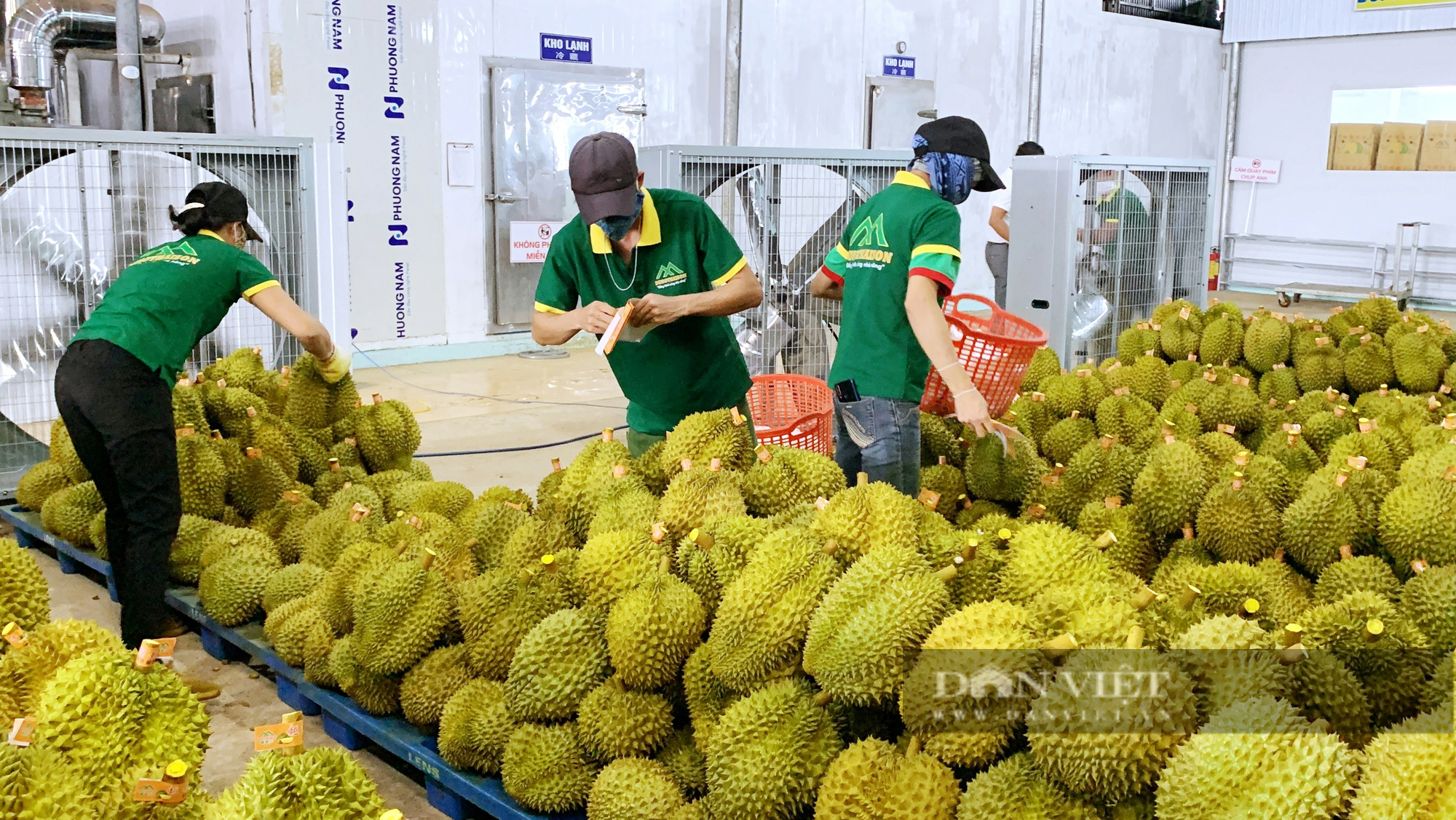
Dak Nong has a total natural area of nearly 651,000 hectares, of which agricultural land area is about 380,000 hectares (accounting for 58.4% of natural area), with over 130 different types of crops and livestock.
At the same time, the province also promotes the development of potential industries such as durian, avocado, and macadamia according to the value chain, improving economic efficiency, contributing to poverty reduction and new rural construction.
Many households in Dak Wer commune, Dak R'lap district, Dak Nong province have boldly transformed their production models, thereby developing the economy and improving the quality of life. The obvious result is that many families have the conditions to buy cars, demonstrating the positive changes in the locality.
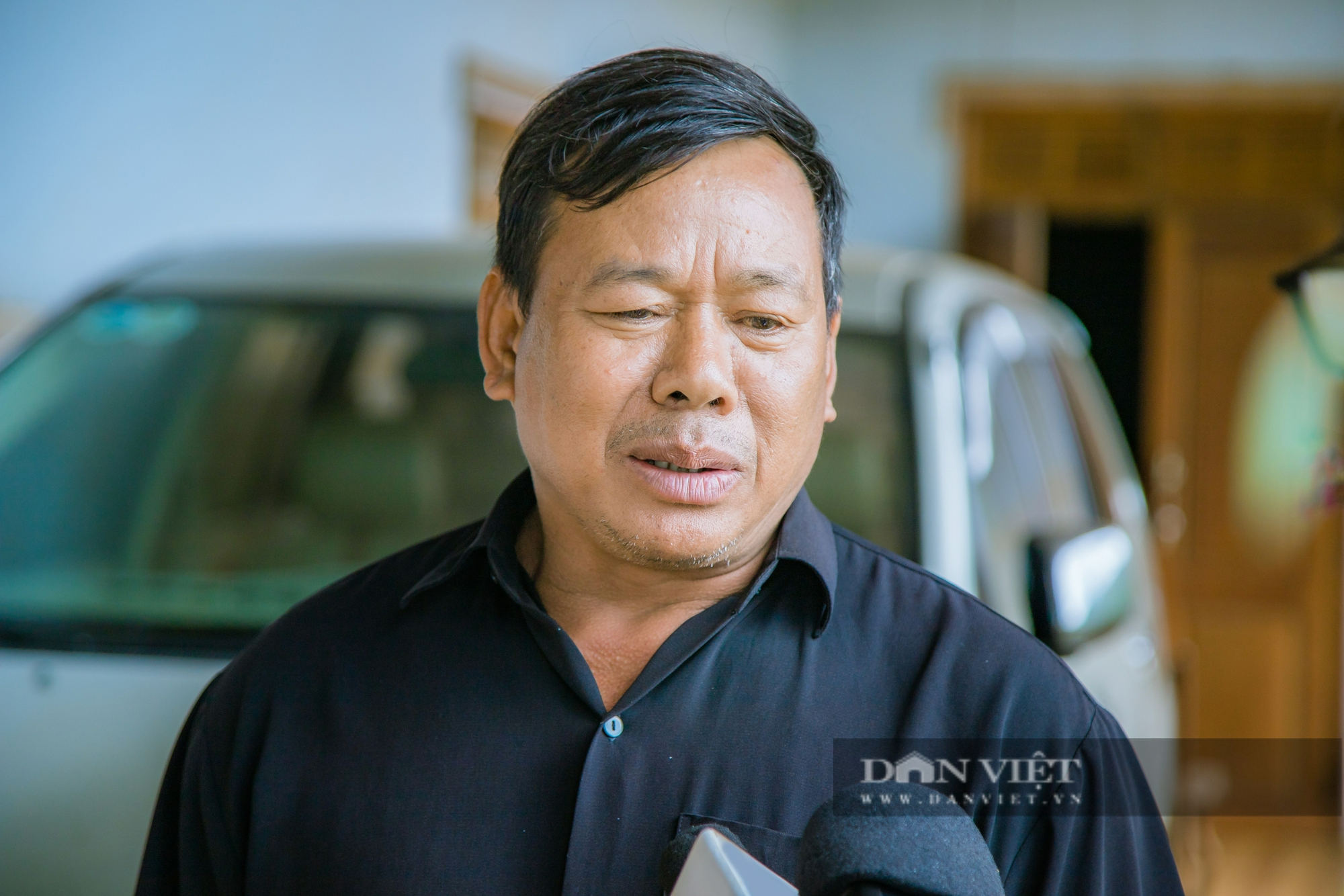
Thanks to the effective conversion of the production model, Mr. Ka Dum (in Bon Bu N'Doh, Dak Wer commune, Dak R'lap district) now owns more than 4 hectares of land growing coffee, intercropping pepper, and 1 hectare of rubber. His prosperous life has helped him build a spacious house and own a car, and he is planning to upgrade to a new car after the pepper harvest season.
As the first advanced new rural commune in Dak Nong province, Dak Wer is constantly changing its appearance. The long concrete roads, decorated with flowers and green trees, create a beautiful landscape. Residential areas are equipped with concrete garbage collection tanks, contributing to raising people's awareness of environmental protection. Thanks to that, the living space is increasingly green - clean - beautiful.
Ms. Thi Oanh, a prestigious person in the M'Nong ethnic community in Bu N'doh hamlet, confided that after more than 10 years of implementing the new rural development program, the hamlet has changed a lot. Not only developing production, people also focus on preserving and promoting traditional weaving, creating jobs and improving income.
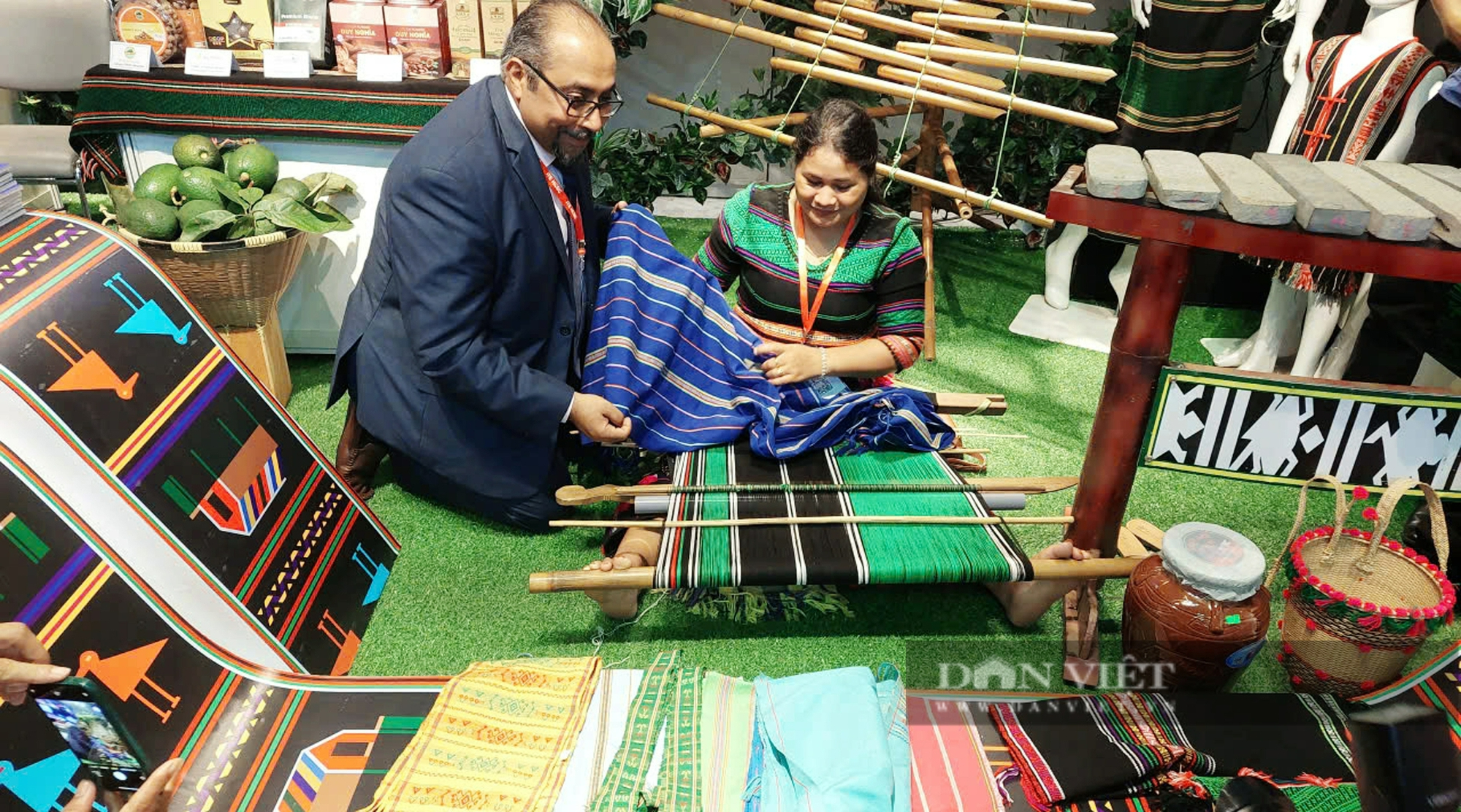
Foreign tourists are very excited to experience the traditional brocade weaving of the M'Nong people at Bon Bu N'doh.
"People are very happy that the traditional weaving profession not only serves the need to wear clothes during festivals but also becomes a commercial product. Thanks to that, many households have a stable source of income and their lives are increasingly improved," Ms. Oanh said excitedly.
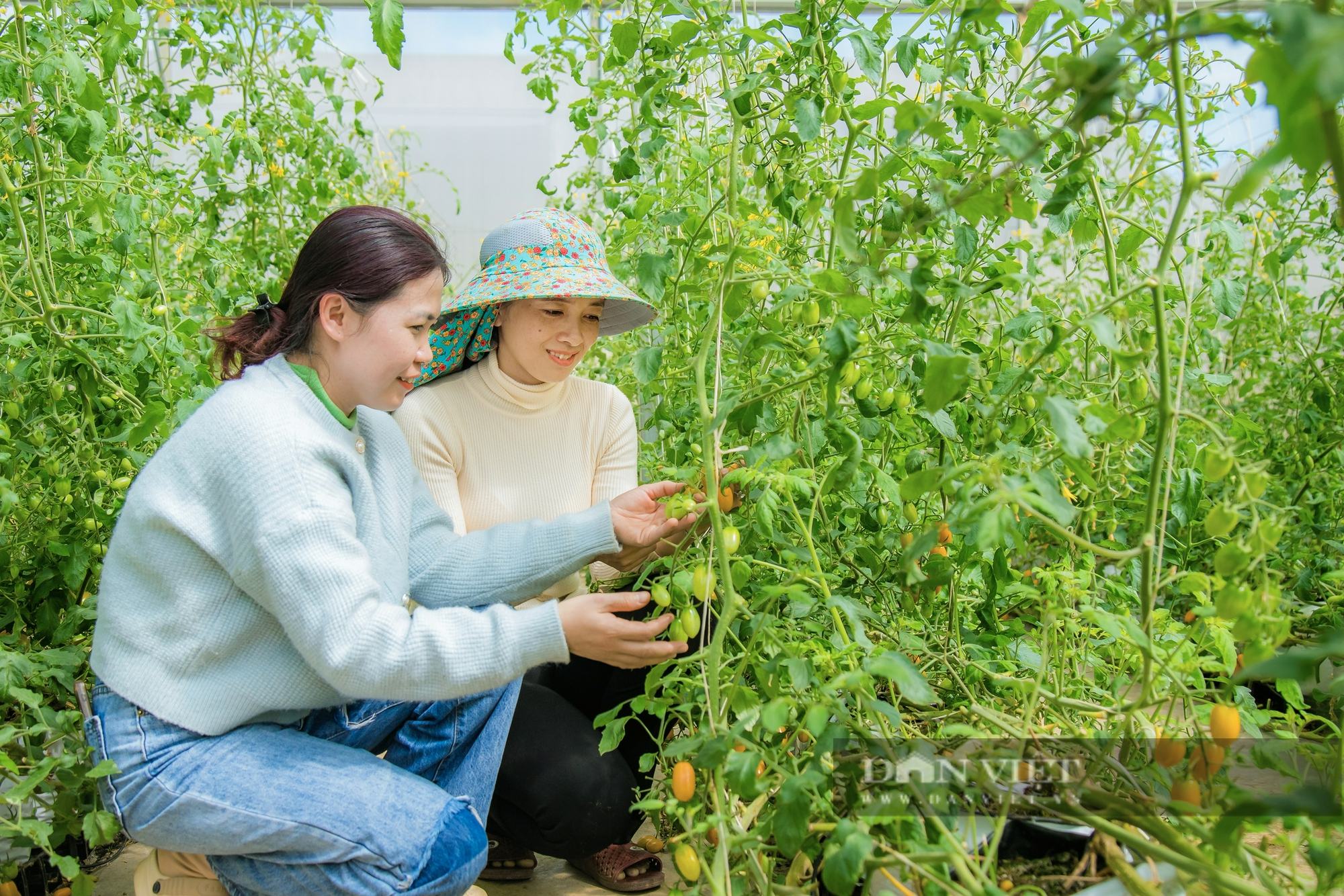
Ms. Bui Thi Khanh Hoa and staff of clean farm DNo Farm (in Dak Nia commune, Gia Nghia city, Dak Nong province) are checking the quality of fruit tomatoes. The whole Dak Nong province currently has about 100,000 hectares applying part of high technology with an estimated total annual output of over 420,000 tons.
Not only developing the weaving profession, many households in the village have also succeeded with the agricultural economic model. Mr. Dieu Suynh, Head of Bu N'doh village, is one of the typical examples with 5 hectares of coffee yielding from 2.5 - 4 tons/ha and 200 durian trees.
"Thanks to the appropriate conversion of crop structure, people's income has increased. Last year alone, more than a dozen households in the village bought cars, and this number is expected to continue to increase after this year's coffee and pepper harvest," Mr. Dieu Suynh happily said.
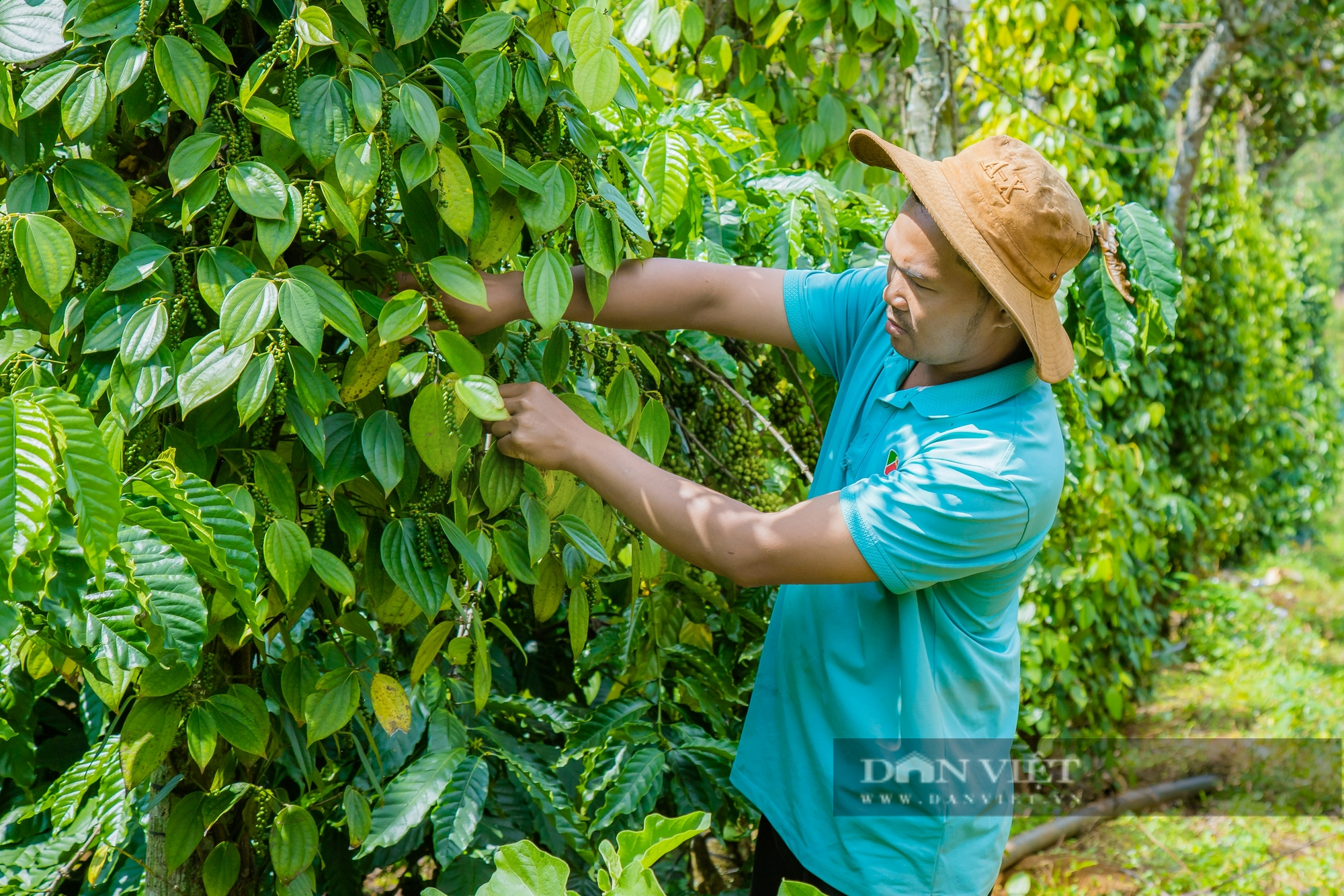
Mr. Dieu Suynh, Chief of Bu N'doh village, is checking the pest status of pepper before harvest.
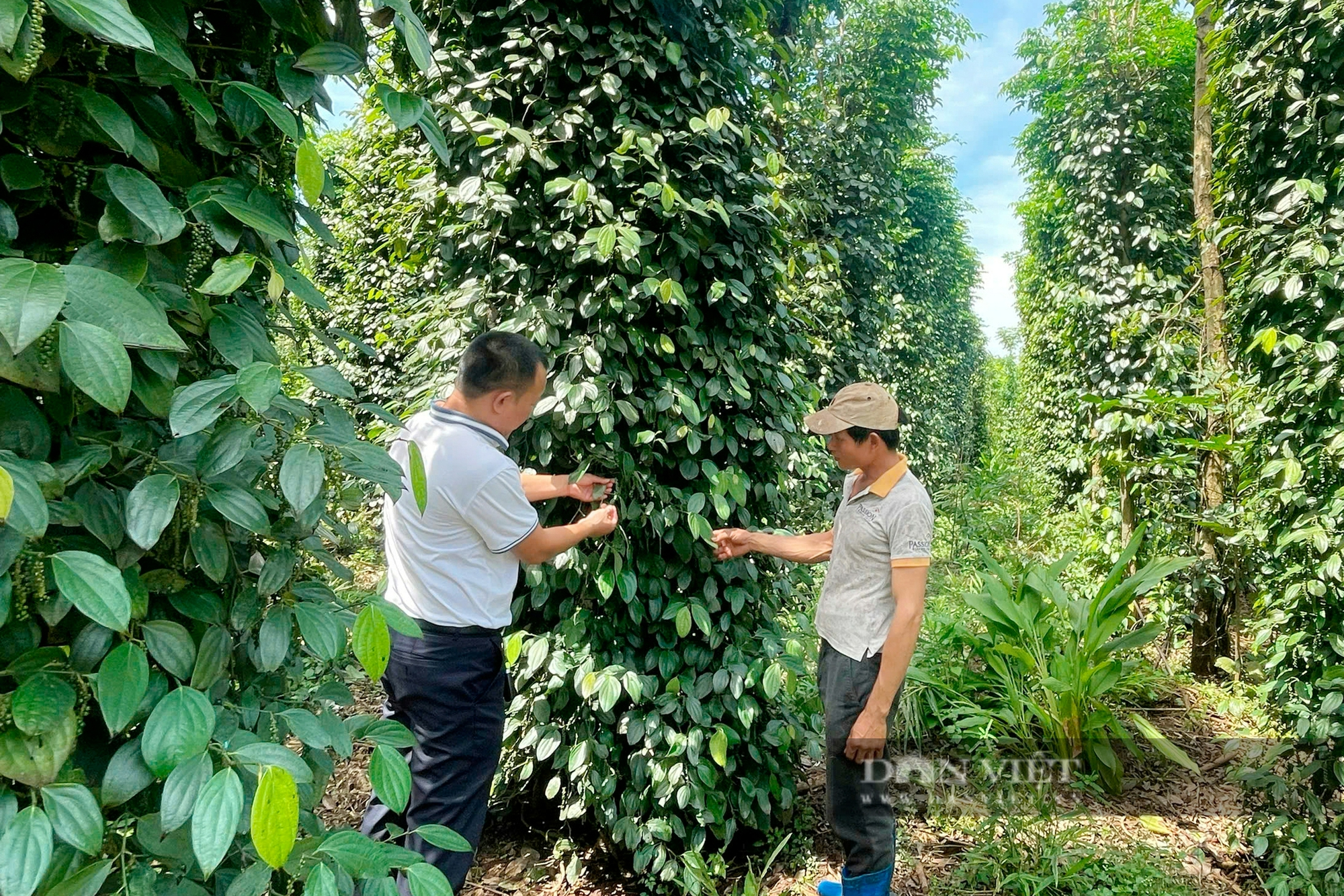
The total pepper growing area of Dak Nong province is 34,000 hectares (ranking first in the country), with a total output of about 70,000 tons/year.
In Quang Truc commune, Tuy Duc district, the new rural development program has also helped this border area to prosper. According to Ms. Thi No, Deputy Secretary of the Commune Party Committee, the success was achieved thanks to the consensus of cadres, party members, village elders and prestigious people in the community. They have pioneered implementation and mobilized people to join hands in building their homeland.
"Thanks to the investment of the Party, the State and the solidarity of the people, the appearance of Quang Truc commune has changed significantly. Typically, the macadamia planting project has brought stable income to the people, helped improve economic life and increase the value of agricultural production," Ms. Thi No shared.
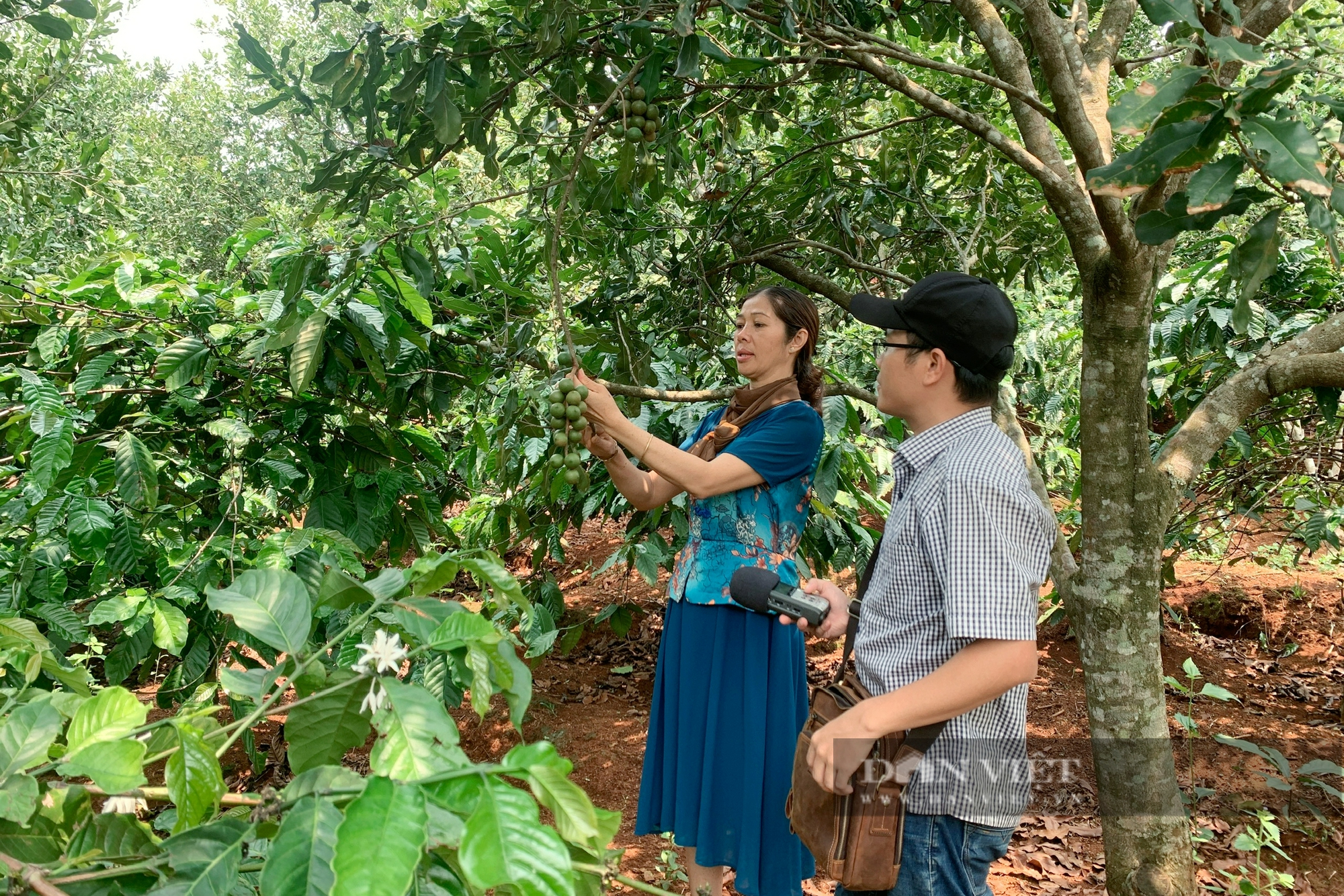
Mrs. Thi No is picking macadamia nuts (a nut with high nutritional value, often called "the queen of nuts").
Dak Nong has clearly transformed with increased income and improved living standards.
In 2024, Dak Nong province's socio-economic development will continue to be stable, with agriculture playing an important role. Thanks to the high prices of key agricultural products such as coffee, pepper, and durian, the average GRDP per capita will reach nearly 82 million VND, exceeding the set plan.
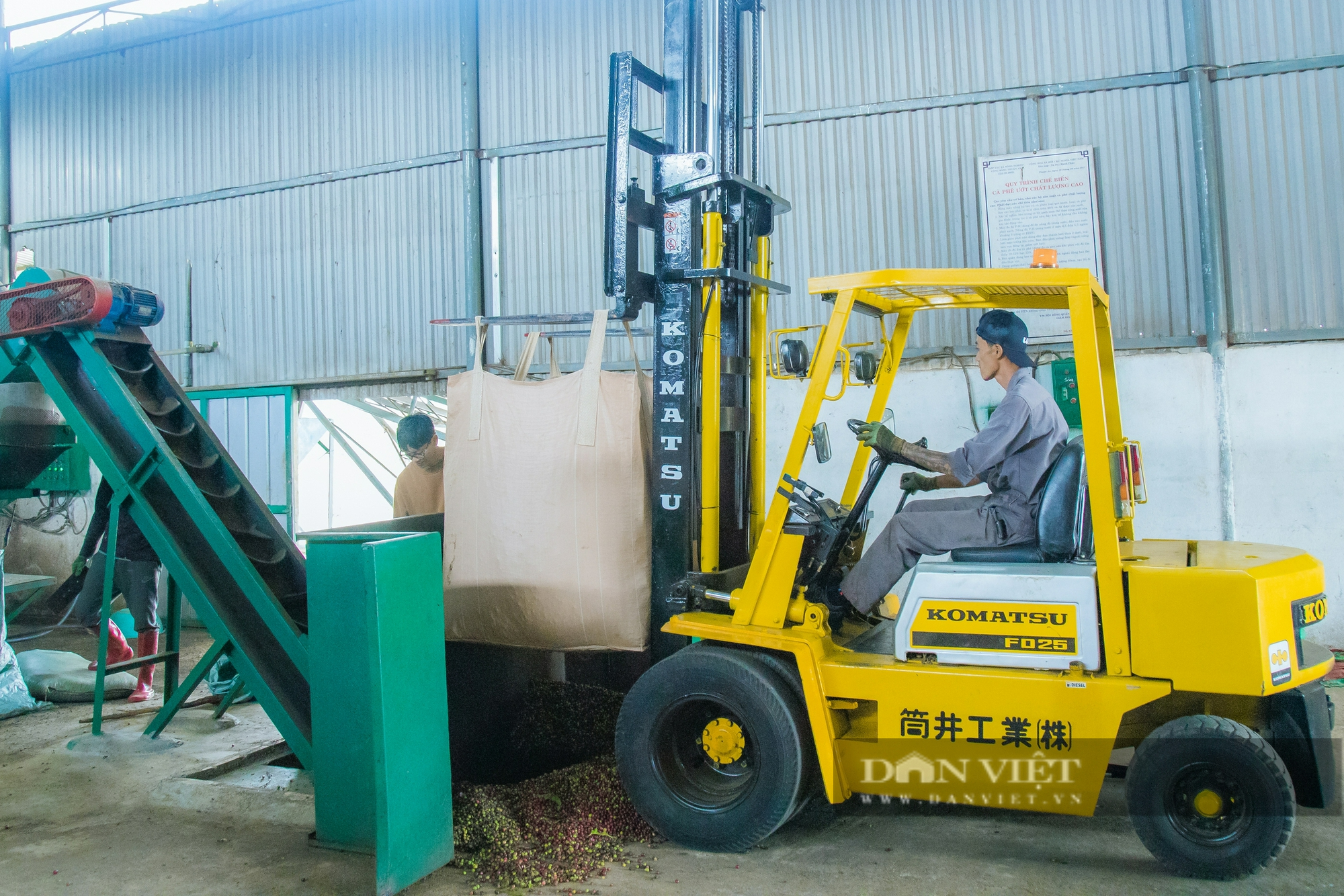
Mr. Nguyen Quoc Vuong, manager of Cong Bang Thuan An Cooperative (Dak Mil district) is putting coffee into the washing and screening system to select the best quality coffee beans.
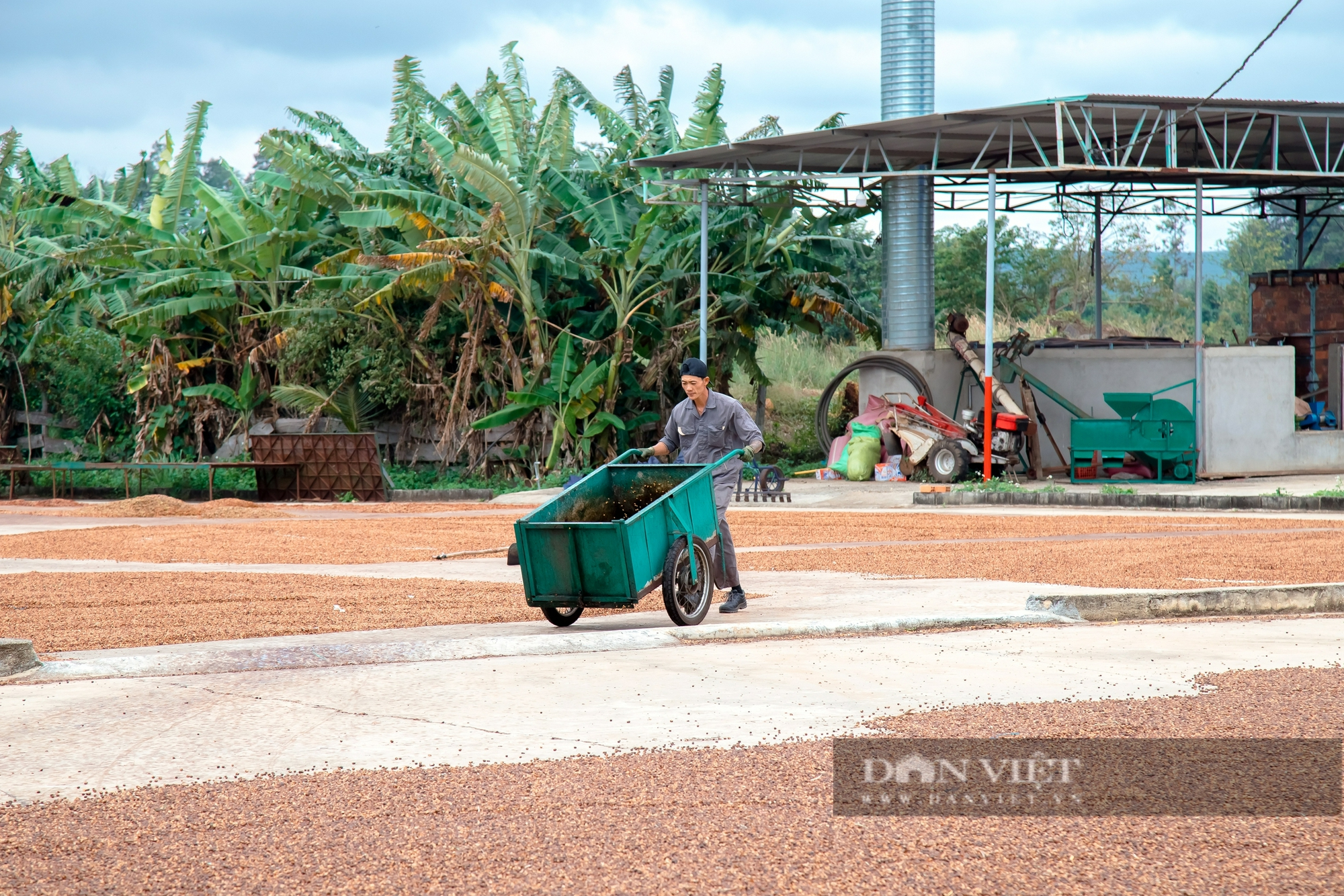
Cong Bang Thuan An Cooperative currently has more than 120 members, jointly producing over 400 hectares of coffee, meeting international standards such as RA, FLO-Fair Trade organic. The cooperative's Dak Dam ground coffee product has achieved 4-star OCOP certification and is recognized by the Ministry of Agriculture and Rural Development as a typical rural agricultural product.
According to statistics from the Provincial People's Committee, the total coffee area in the province is estimated at 143,000 hectares, with an output of more than 345,000 tons. Although the output decreased compared to the previous year due to prolonged drought, the harvest value increased thanks to high coffee prices. Pepper output reached 72,000 tons, cashew output reached 15,700 tons, and rubber output reached 29,000 tons. The total value of the agricultural sector is estimated at more than VND9,700 billion, accounting for 44.68% of the local economic structure.
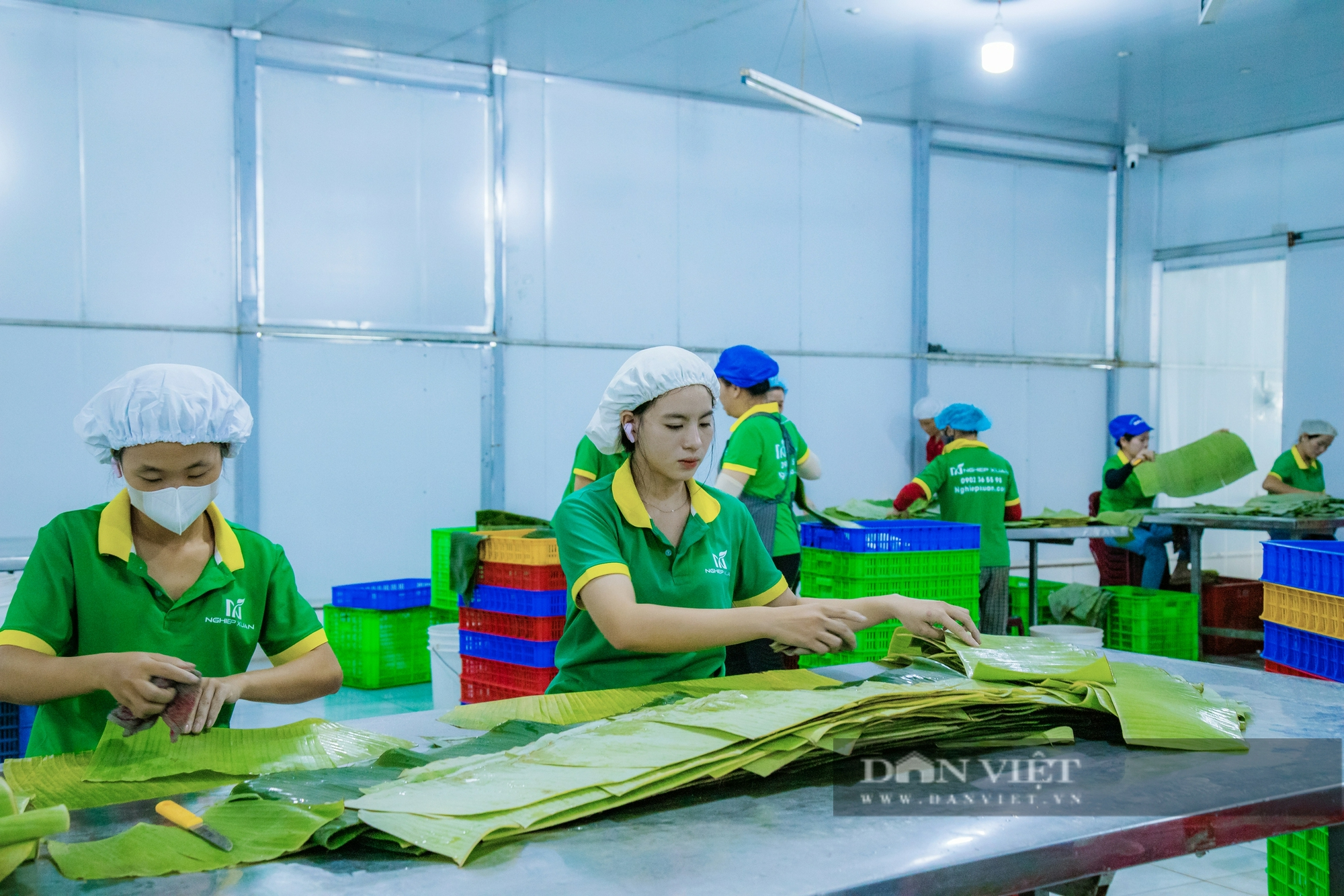
Workers of Nghiep Xuan Import-Export Trading Company Limited (located in Dak Nia commune, Gia Nghia city, Dak Nong province) are cleaning banana leaves for packaging for export.
Mr. Le Trong Yen, Vice Chairman of Dak Nong Provincial People's Committee, affirmed that the new rural development program has created clear results, helping to sustainably reduce poverty and promote socio-economic development. In particular, the province focuses on preserving traditional culture in conjunction with economic development.
"Dak Nong has 40 ethnic groups, so in development programs, we always incorporate cultural elements so that people can have a prosperous life while preserving their ethnic identity," Mr. Yen emphasized.
Chairman of Dak Nong Provincial People's Committee Ho Van Muoi said that despite many difficulties in 2024, the province still achieved impressive results in socio-economic development. Dak Nong's public investment disbursement ranked first in the Central Highlands region, at 90% of the total planned capital of VND3,500 billion. The province's poverty reduction continued to be at the "top" of the country, with only 2.9% of poor households remaining.
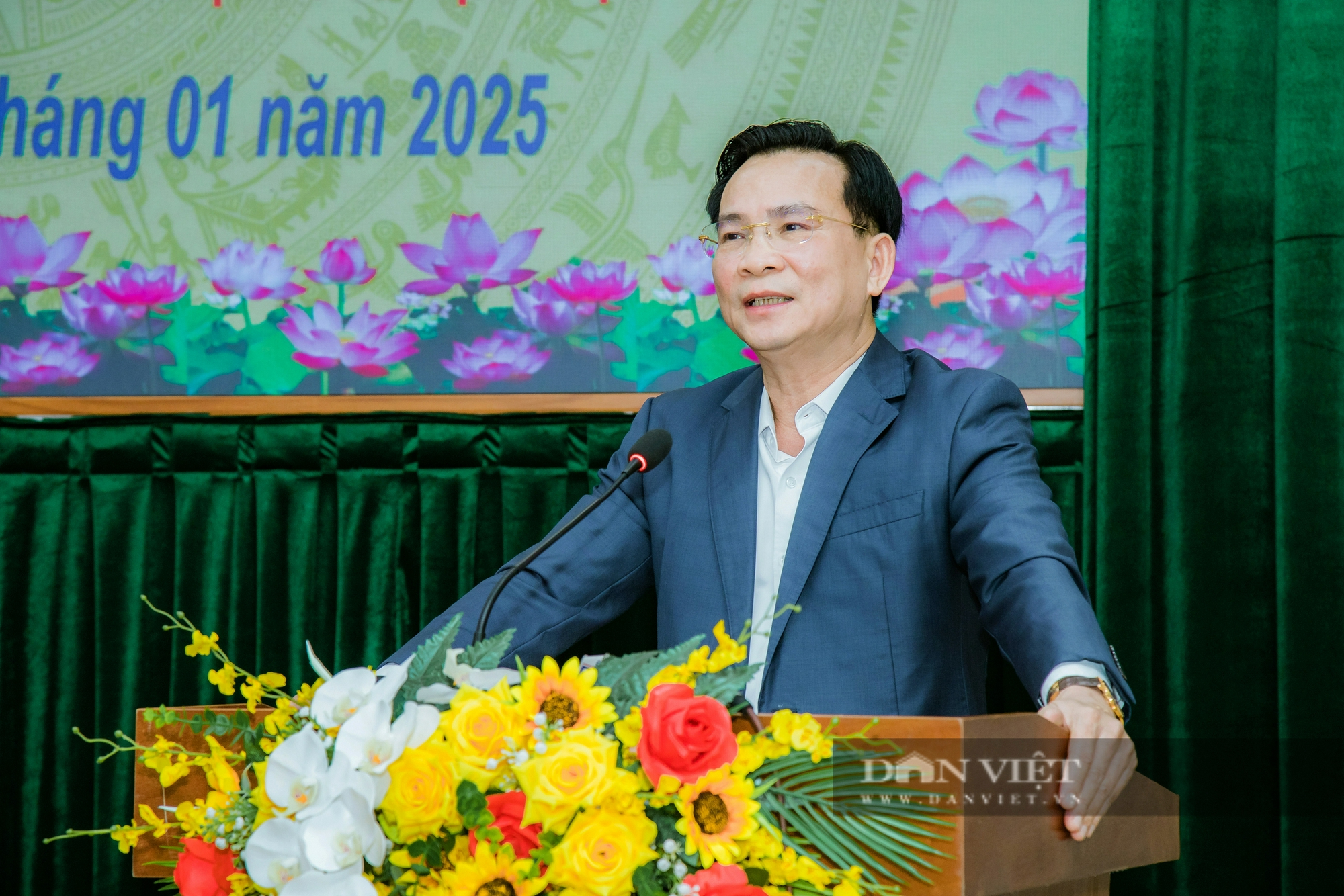
Mr. Ho Van Muoi, Chairman of Dak Nong Provincial People's Committee, said that the happiness index of the people has increased very high, over 95% are satisfied with their current life, and trust in the leadership of the Party, State, and local authorities at all levels.
Along with that, key agricultural products such as coffee, pepper, and durian had good harvests and prices, helping per capita income increase to its highest level ever, ranking second in the Central Highlands region.
Source: https://danviet.vn/kinh-te-nong-nghiep-nong-thon-dak-nong-tang-toc-chi-so-ngheo-di-xuong-chi-so-hanh-phuc-di-len-20250213102303735.htm


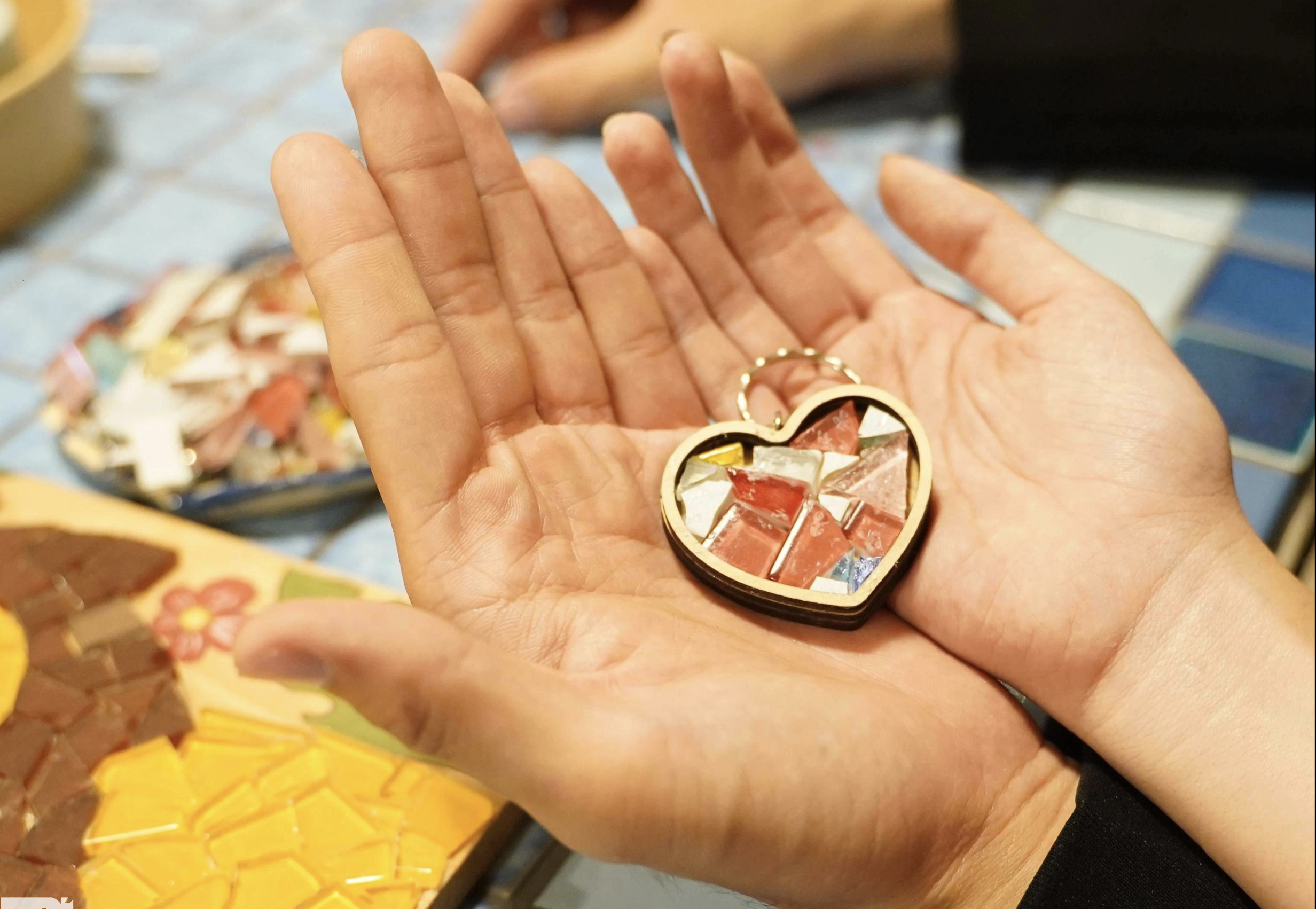


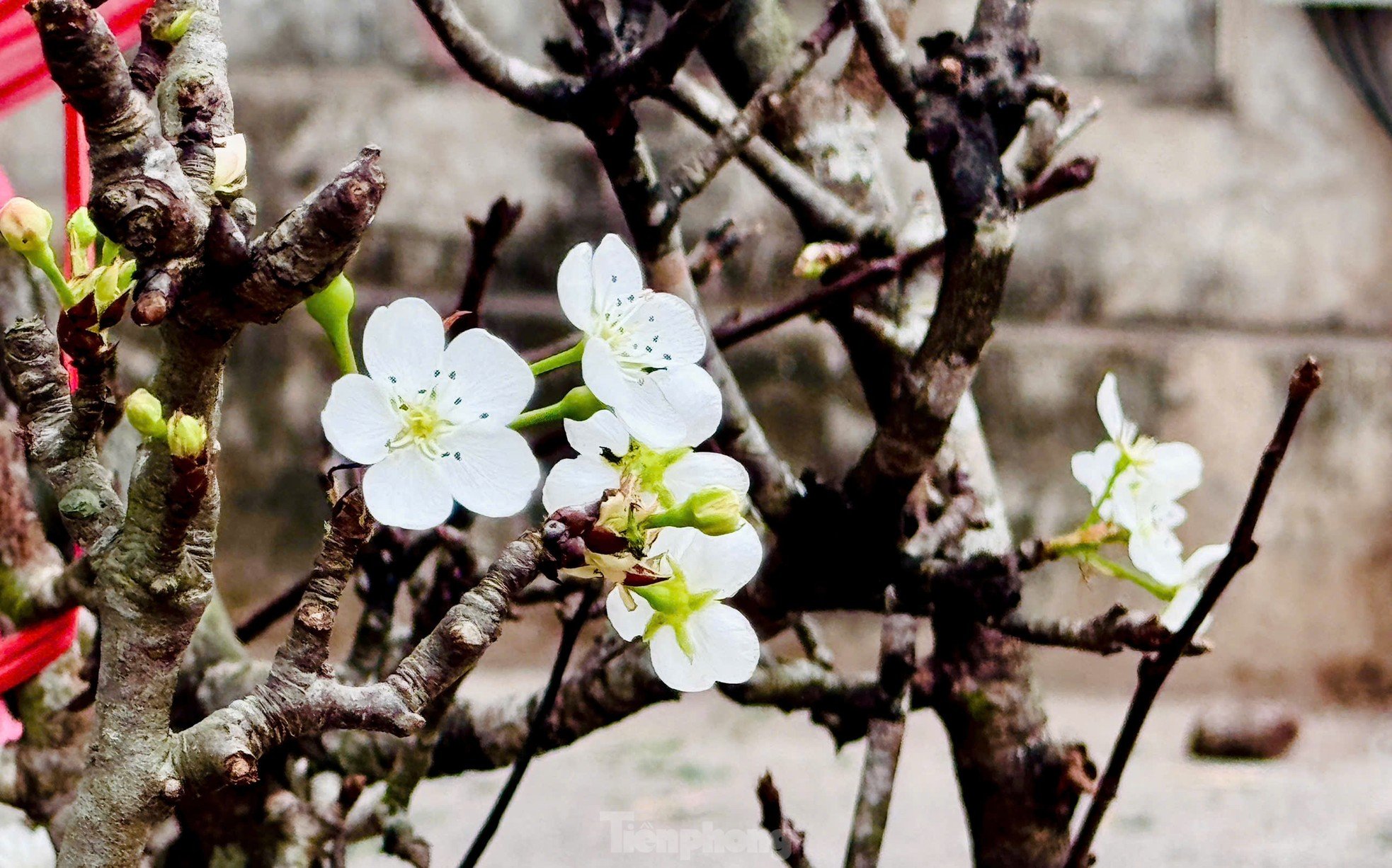
























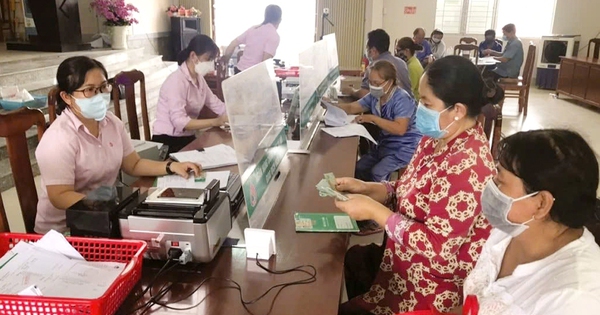
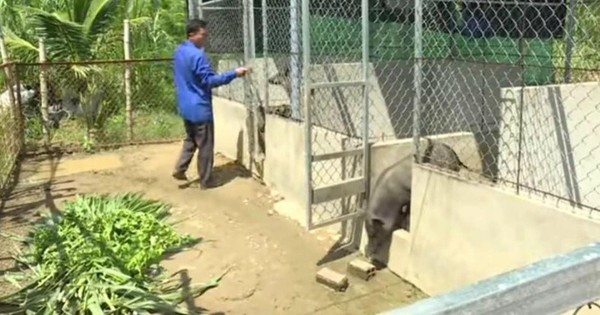
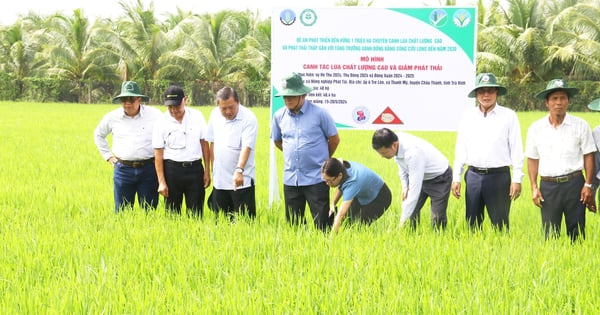
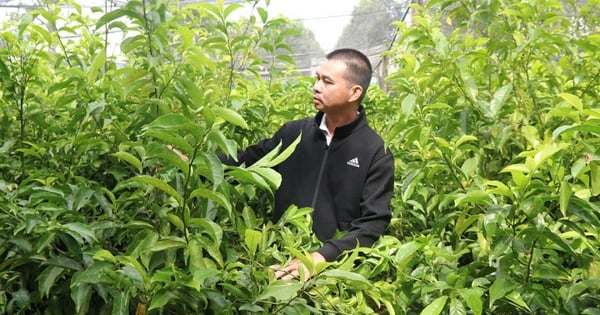
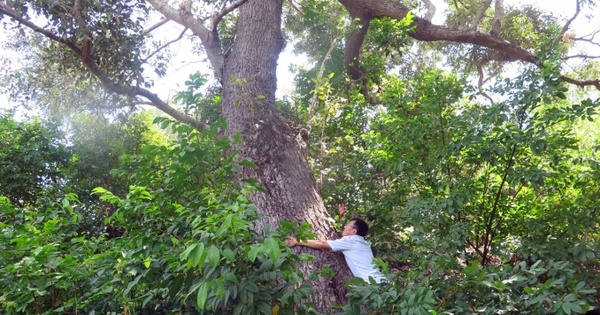
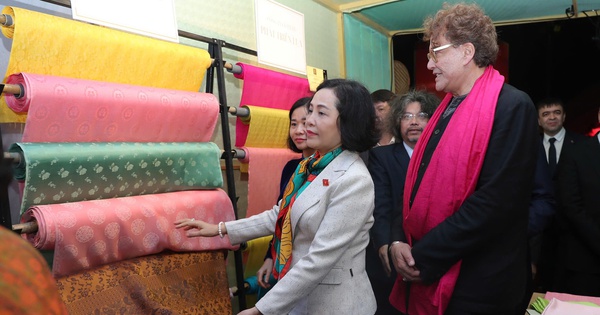
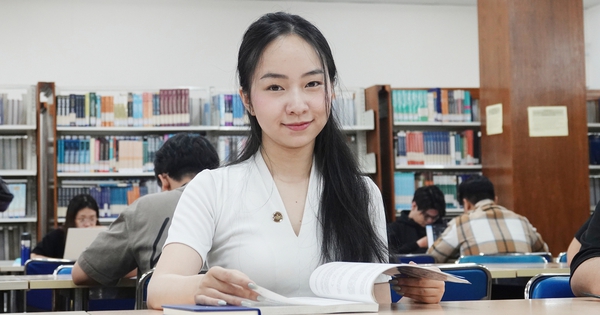
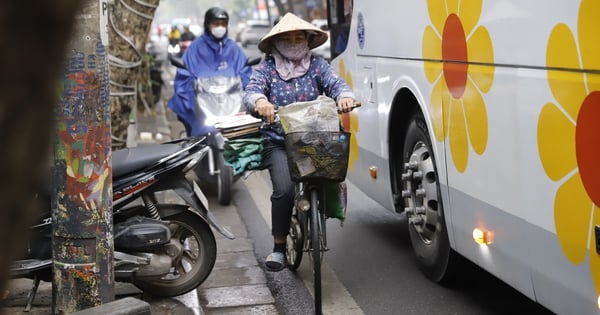
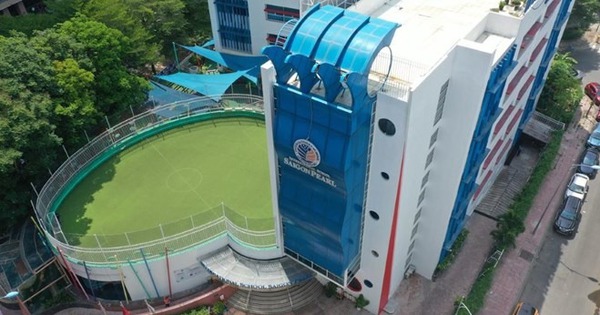





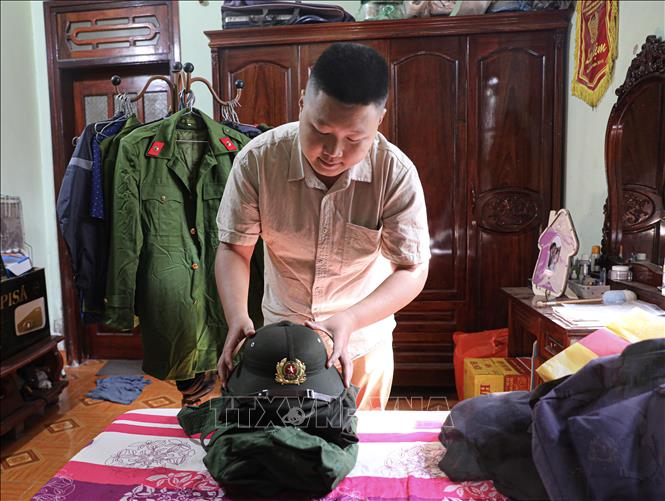

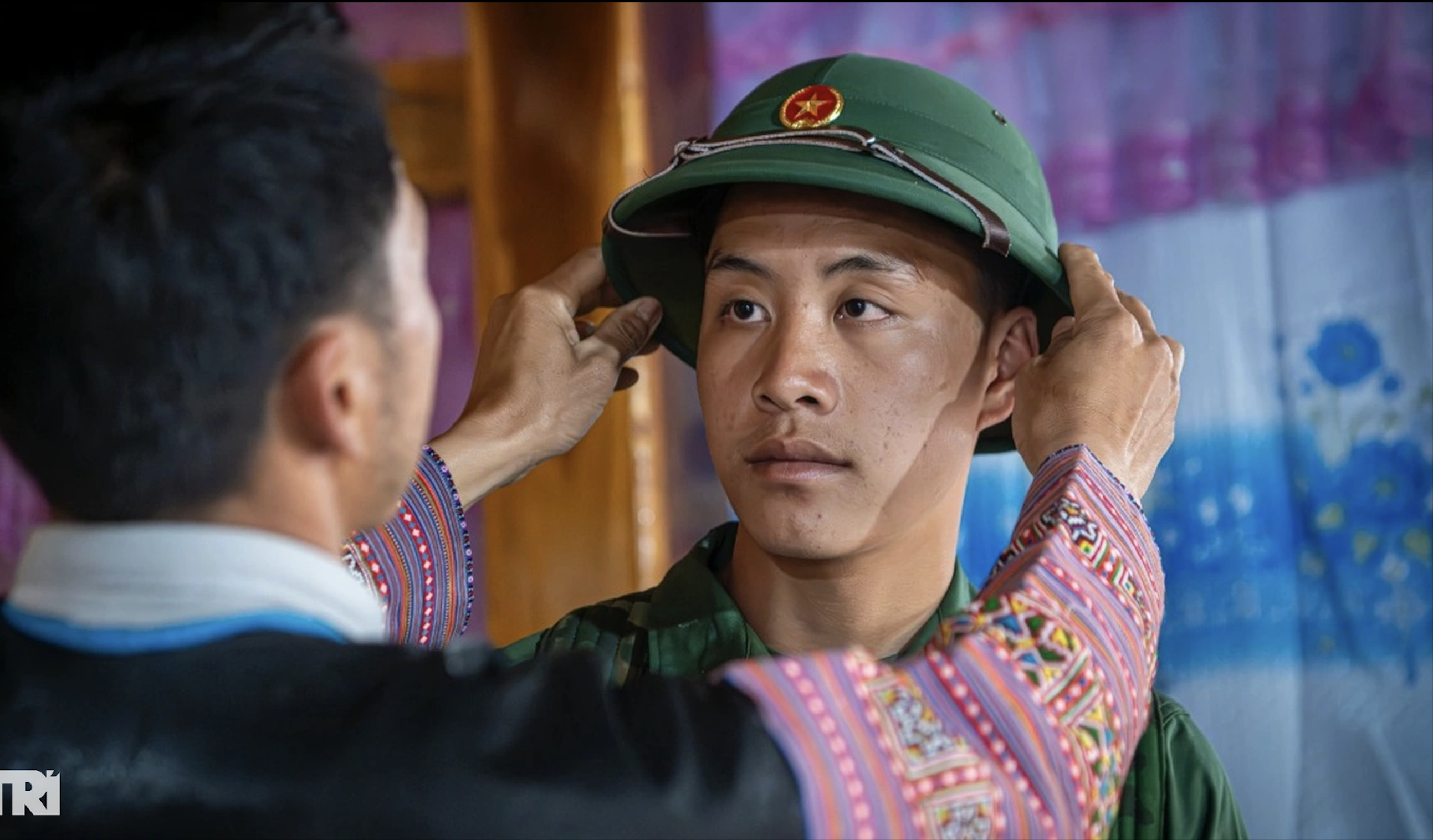
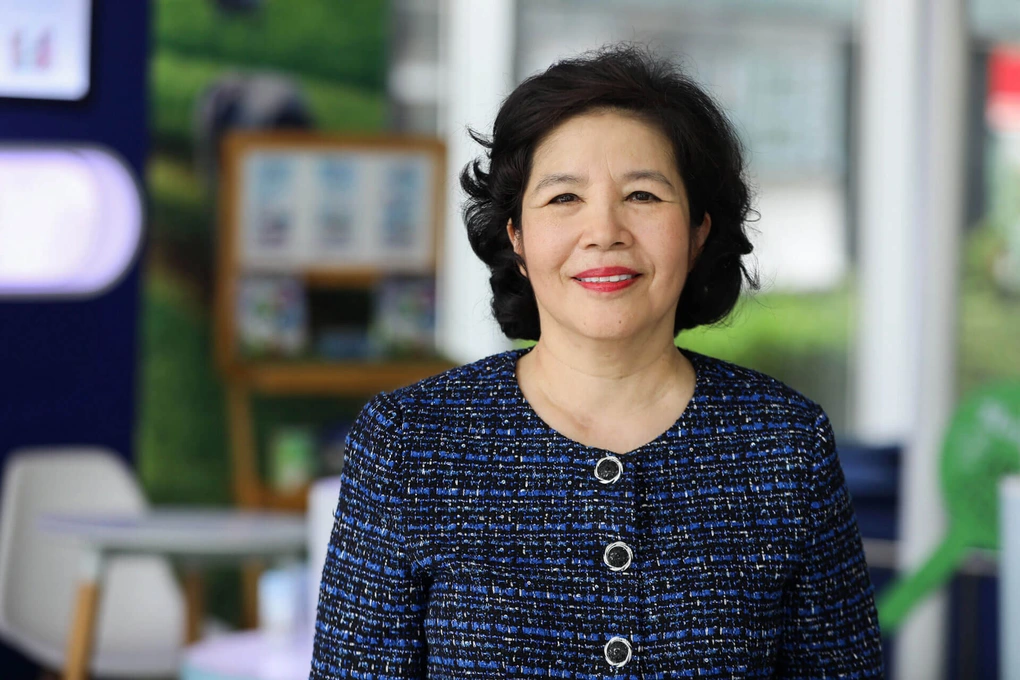




Comment (0)